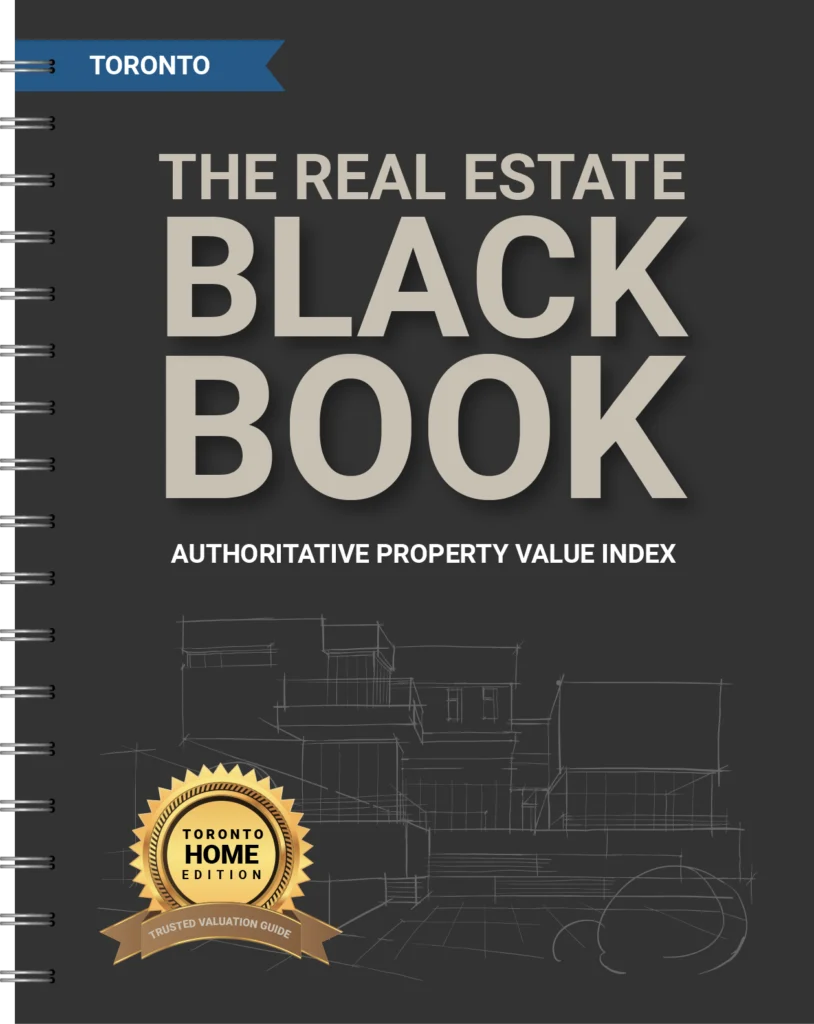The recent mortgage rate cuts were expected to invigorate the housing market, but their impact has been limited. While reduced rates have improved affordability to an extent, many buyers remain hesitant. The current economic uncertainty, coupled with fears of inflation and potential recession, has caused potential homebuyers to hold back on making major financial commitments leading to stagnating home sales.
Key factors influencing buyer hesitation include:
- High property prices: Even with lower rates, the high cost of homes in Toronto limits affordability.
- Economic concerns: Buyers worry about job stability and the broader economy, creating uncertainty about the long-term.
- Inflation’s impact: Rising costs in other areas, like groceries and utilities, continue to strain budgets.
In summary, although mortgage rates have dropped, these factors prevent a swift recovery in the housing market.
Inflation’s Role in Stagnating Home Sales
Inflation remains a significant factor contributing to stagnating home sales in Toronto. While inflation has cooled somewhat in recent months, household budgets remain tight. The cost of living, including essentials like food and utilities, has made it difficult for many potential buyers to save for down payments. In turn, this has limited their ability to enter the market, even with lower mortgage rates.
Inflation-related challenges include:
- Shrinking disposable income: Buyers are focusing on immediate expenses rather than saving for a home.
- Higher costs of borrowing: Despite the rate cuts, inflation continues to put pressure on overall living costs, making home ownership less attainable for many.
As inflationary pressures persist, it’s clear they will continue to play a major role in keeping home sales subdued.
Supply Constraints: Sellers Holding Off
The supply side of the market is also contributing to the slowdown in Toronto’s housing activity. Many potential sellers who secured low-interest mortgages during previous years are reluctant to list their homes. This is due to the fact that they would have to take on new, higher-rate mortgages if they were to buy again, discouraging them from selling.
Additionally, many potential downsizers face a shortage of affordable properties, making it harder to find suitable alternatives. This has resulted in fewer homes being listed, compounding the challenges faced by prospective buyers.
Here’s a breakdown of the factors affecting the supply of homes:
- Low mortgage rates secured earlier: Homeowners with favorable rates are hesitant to sell and lose those rates.
- Lack of downsizing options: Many homeowners looking to downsize are struggling to find affordable homes, leading them to stay put.
- Reluctance due to market uncertainty: Sellers are uncertain about where the market is headed, so they’re opting to wait before listing their homes.
The shortage of homes for sale combined with these seller hesitations further contributes to stagnating home sales.
Shifting Buyer Preferences
Buyer preferences are also playing a role in the current stagnation of home sales. In particular, there has been a significant shift in demand toward more affordable housing options. Homes priced under $1 million are in high demand, but there are simply not enough properties available in this segment to meet the need.
Meanwhile, luxury homes priced above $2 million are staying on the market longer, with fewer buyers showing interest. Many buyers are opting for smaller homes or condos to reduce their financial burden, which has created a mismatch between available inventory and buyer preferences.
Some key trends include:
- Increased demand for affordable homes: Homes under $1 million are highly sought after, but supply is limited.
- Less interest in luxury properties: Higher-end homes are seeing fewer buyers due to financial concerns.
- A preference for downsizing: Buyers are choosing smaller homes to manage costs more effectively.
The mismatch between supply and demand continues to hinder sales activity in Toronto’s real estate market.
The Impact of Government Policies on Stagnating Home Sales
Government policies have also contributed to the slowdown in Toronto’s housing market. Measures such as the mortgage stress test have made it more difficult for some buyers to qualify for mortgages, especially in a high-price market like Toronto. While these policies were designed to prevent the market from overheating, they have also created barriers for many buyers.
Additionally, the foreign buyer tax, which was aimed at cooling demand from international investors, has led to fewer transactions in certain market segments. This combination of policies, while necessary to maintain market balance, has added to the challenges faced by buyers and sellers.
Key policies affecting the market include:
- Mortgage stress test: This policy has made it harder for buyers to qualify for loans, especially in higher price brackets.
- Foreign buyer tax: The tax has reduced demand from international investors, further slowing the market.
While these policies have succeeded in cooling the market to some extent, they have also contributed to the current state of stagnating home sales.
Outlook for the Toronto Housing Market
As we move toward the end of 2024, it remains uncertain whether the market will recover in the short term. Although mortgage rates have dropped, the broader economic conditions, inflationary pressures, and limited supply continue to weigh on the housing market. It will take a combination of economic stability, inflation relief, and increased housing supply to see any substantial rebound in home sales.
The key areas to watch include:
- Inflation trends: If inflation continues to ease, buyers may feel more confident entering the market.
- Further rate cuts: Additional rate reductions could boost buyer activity if paired with improved economic conditions.
- Housing supply: A significant increase in affordable housing inventory would help balance the market and address buyer demand.
For now, Toronto’s real estate market is likely to continue facing challenges, with stagnating home sales being the defining trend.
Conclusion: Understanding Stagnating Home Sales in Toronto
In summary, stagnating home sales in Toronto are being driven by a combination of economic uncertainty, inflation, shifting buyer preferences, and government policies. While recent mortgage rate cuts have provided some relief, they haven’t been enough to overcome the broader challenges in the market. Until these issues are addressed, Toronto’s real estate market will likely continue to experience slower sales activity.



